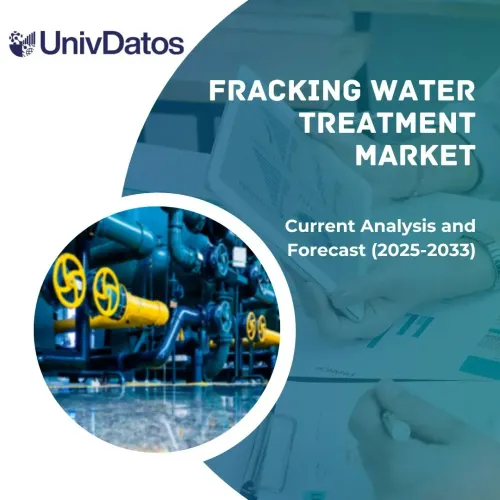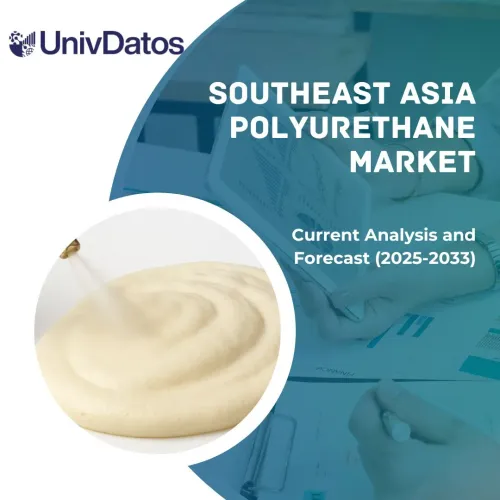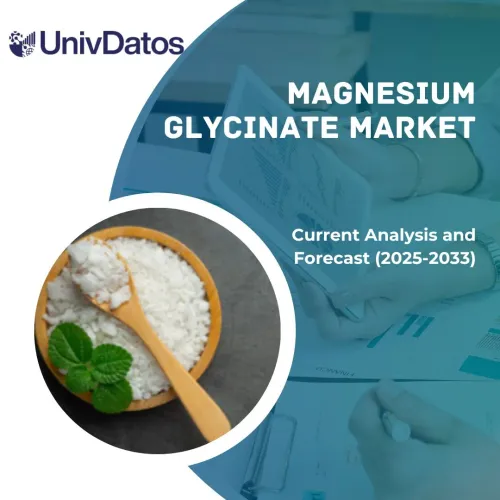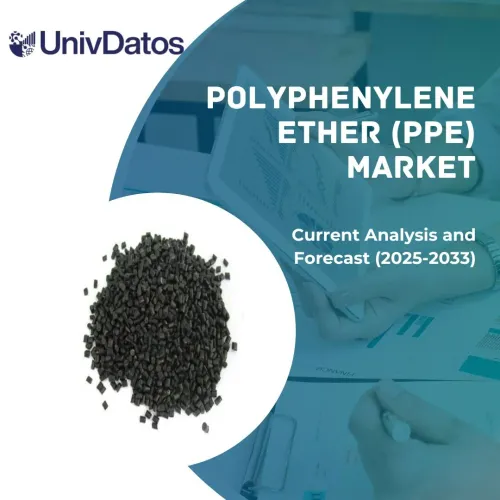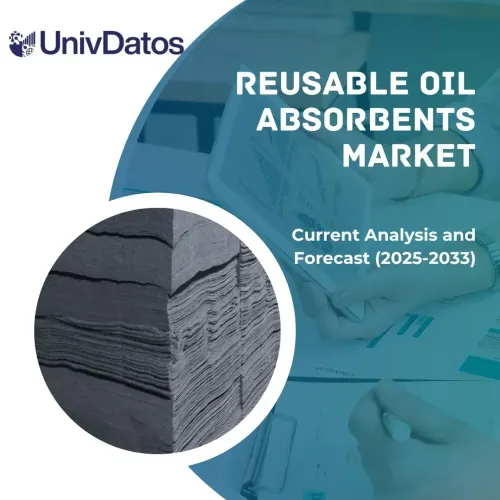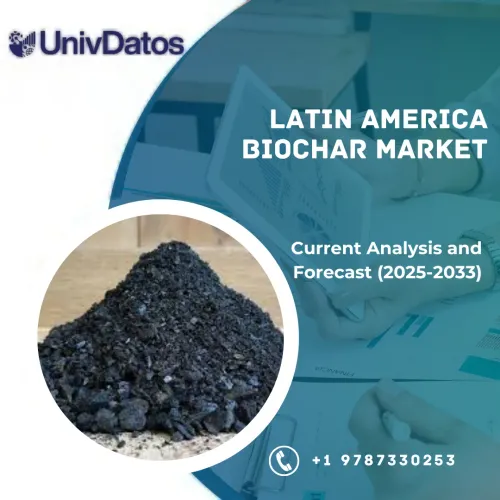- Home
- About Us
- Industry
- Services
- Reading
- Contact Us
Waterborne Coatings Market: Current Analysis and Forecast (2021-2027)
Emphasis on Type (Acrylic, Alkyd, Polyester, Epoxy, Polyurethane, PTFE, PVDF, PVDC, and Others); End-User [Architectural (New Construction and Remodel & Repaint) and Industrial (Automotive, General Industrial, Protective, Wood, Marine, Packaging, Coil, and Other)]; and Region and Country
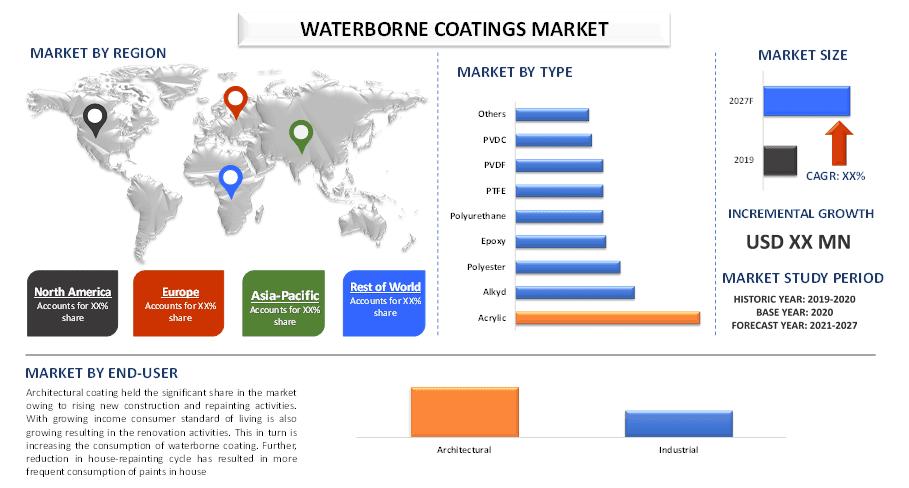
The global Waterborne Coatings market was stood around USD 70 billion and is expected to showcase growth of around 5% during the forecast period (2021-2027). Globally, perception regarding the solvent-based coatings is increasingly getting adverse as consumer are becoming more aware about the harmful effects of volatile organic compounds (VOC). Increasing awareness coupled with stringent government regulation is supporting the market of waterborne coatings which have lower VOC content. In addition, adoption of green technologies and bio-based materials has seen to positively impact waterborne coatings demand, globally. Countries like China and India which are among the largest consumer of paints & coatings, however the per capita consumption is very low compared to countries like United States, Singapore, and Canada. Therefore, with increasing income, urbanization along with regulatory changes, the adoption of waterborne coating would increase, thereby increasing the global market of waterborne coating.
Insights Presented in the Report
“Amongst type, acrylic held prominent share in the market in 2020.”
Based on type, the market is categorized into acrylic, alkyd, polyester, epoxy, polyurethane, PTFE, PVDF, PVDC, and others. Among these, acrylic category held the prominent share in the market owing to its usage in various types of paints & coatings like emulsion and latex paints. Further, increasing residential and non-residential construction activities and growing market of automotive refinish. This type of waterborne coatings are used in a wide range of applications owing to their chemical characteristics and unique aesthetic properties.
“Amongst end-user, architectural accounted for major share in the global waterborne coating market
Based on end-user, the market is categorized into architectural and industrial, Industrial is further sub-categorized into automotive, general industrial, protective, wood, marine, packaging, coil, and other. Among all, architectural coating held the significant share in the market owing to rising new construction and repainting activities. With growing income consumer standard of living is also growing resulting in the renovation activities. This in turn is increasing the consumption of waterborne coating. Further, reduction in house-repainting cycle has resulted in more frequent consumption of paints in house.
“Asia Pacific captured significant position in the Waterborne Coatings market”
For a better understanding of the market adoption of Waterborne Coatings, the market is analyzed based on its worldwide presence in the countries such as North America (United States, Canada, Rest of North America), Europe (Germany, UK, France, Italy, Spain, and Rest of Europe), Asia-Pacific (China, Japan, India, Australia, and Rest of APAC), and Rest of World. Asia-Pacific accounted for significant share in the market and is expected to showcase substantial growth during the forecast period owing to large and growing base of end-use industry due to improving consumer spending power, rapid urbanization, and growing demand for better quality products. Further, increasing strict environment legislation is increasing the adoption of waterborne coating in the region.
Reasons to buy this report:
- The study includes market sizing and forecasting analysis validated by authenticated key industry experts
- The report presents a quick review of overall industry performance at one glance
- The report covers in-depth analysis of prominent industry peers with a primary focus on key business financials, product portfolio, expansion strategies, and recent developments
- Detailed examination of drivers, restraints, key trends, and opportunities prevailing in the industry
- The study comprehensively covers the market across different segments
- Deep dive country level analysis of the industry
Customization Options:
The global waterborne coatings market can further be customized as per the requirement or any other market segment. Besides this, UMI understands that you may have your own business needs, hence feel free to connect with us to get a report that completely suits your requirements.
Table of Content
Analyzing the historical market, estimation of the current market, and forecasting the future market of the Waterborne Coatings three major steps undertaken to create and analyze its adoption across the globe. Exhaustive secondary research was conducted to collect the historical market numbers and estimate the current market size. Secondly, to validate these insights, numerous findings and assumptions were taken into consideration. Moreover, exhaustive primary interviews were also conducted, with industry experts across the value chain of the Waterborne Coatings industry. Post assumption and validation of market numbers through primary interviews, we employed a bottom-up approach to forecast the complete market size. Thereafter, market breakdown and data triangulation methods were adopted to estimate and analyze the market size of segments and sub-segments the industry pertains to. Detailed methodology is explained below:
Seek More Details About Research Methodology
Analysis of Historical Market Size
Step 1: In-Depth Study of Secondary Sources:
Detail secondary study was conducted to obtain the historical market size of the Waterborne Coatings through company internal sources such as annual report & financial statements, performance presentations, press releases, etc., and external sources including journals, news & articles, government publications, competitor publications, sector reports, third-party database, and other credible publications.
Step 2: Market Segmentation:
After obtaining the historical market size of the Waterborne Coatings market, we conducted a detailed secondary analysis to gather current market insights and share for different segments & sub-segments for major regions. Major segment included in the report by type and end-user. Further regional and country-level analyses were conducted to evaluate the overall adoption of the Waterborne Coatings globally.
Step 3: Factor Analysis:
After acquiring the historical market size of different segments and sub-segments, we conducted a detailed factor analysis to estimate the current market size of Waterborne Coatings. Further, we conducted factor analysis using dependent and independent variables such as growing end-use industry and increasing urbanization. A thorough analysis was conducted for demand and supply-side scenario considering increasing investment, top partnerships, merger and acquisition, business expansion, and product launches in the Waterborne Coatings industry.
Current Market Size Estimate & Forecast
Current Market Sizing: Based on actionable insights from the above 3 steps, we arrived at the current market size, key players in the global Waterborne Coatings market, and market shares of each segment. All the required percentage shares split, and market breakdowns were determined using the above-mentioned secondary approach and were verified through primary interviews.
Estimation & Forecasting: For market estimation and forecast, weights were assigned to different factors including drivers & trends, restraints, and opportunities available for the stakeholders. After analyzing these factors, relevant forecasting techniques i.e., bottom-up approach was applied to arrive at the market forecast to 2027 for different segments and subsegments across the major regions globally. The research methodology adopted to estimate the market size encompasses:
- The industry’s market size, in terms of value (US$) and the adoption rate of Waterborne Coatings across the major markets
- All percentage shares, splits, and breakdowns of market segments and sub-segments
- Key players in the Waterborne Coatings market. Also, the growth strategies adopted by these players to compete in the fast-growing market.
Market Size and Share Validation
Primary Research: In-depth interviews were conducted with the Key Opinion Leaders (KOLs) including Top Level Executives (CXO/VPs, Sales Head, Marketing Head, Operational Head, and Regional Head, Country Head, etc.) across major regions. Primary research findings were then summarized, and statistical analysis was performed to prove the stated hypothesis. Inputs from primary research were consolidated with secondary findings, hence turning information into actionable insights.
Split of Primary Participants by Stakeholders and Regions
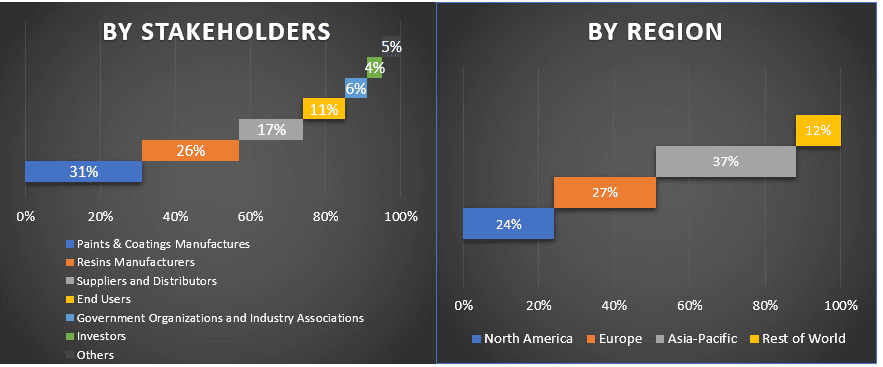
Market Engineering
Data triangulation technique was employed to complete the overall market estimation and to arrive at precise statistical numbers of each segment and sub-segment of the global Waterborne Coatings market. Data was split into several segments & sub-segments post studying various parameters and trends in the area of type and end-user.
The main objective of the Waterborne Coatings market study
The current & future market trends of global Waterborne Coatings were pinpointed in the study. Investors can gain strategic insights to base their discretion for investments from the qualitative and quantitative analysis performed in the study. Current and future market trends would determine the overall attractiveness of the market at a country level, providing a platform for the industrial participant to exploit the untapped market to benefit as a first-mover advantage. Other quantitative goals of the studies include:
- Analyze the current and forecast market size of Waterborne Coatings in terms of value (US$). Also, analyze the current and forecast market size of different segments and sub-segments
- Segment in the study include area of type and end-user
- Defined analysis of the regulatory framework for the Waterborne Coatings industry
- Analyze the value chain involved with the presence of various intermediaries, along with analyzing customer and competitor behaviors of the industry
- Analyze the current and forecast market size of the Waterborne Coatings for the major countries
- Major regions/countries analyzed in the report includes North America (US, Canada, Rest of North America), Europe (Germany, UK, France, Italy, Spain, Rest of Europe), Asia-Pacific (China, Japan, India, Australia, Rest of Asia-Pacific), and Rest of World
- Company profiles of the Waterborne Coatings market players and the growth strategies adopted by them to sustain in the growing market
Deep dive country level analysis of the industry
Related Reports
Customers who bought this item also bought




